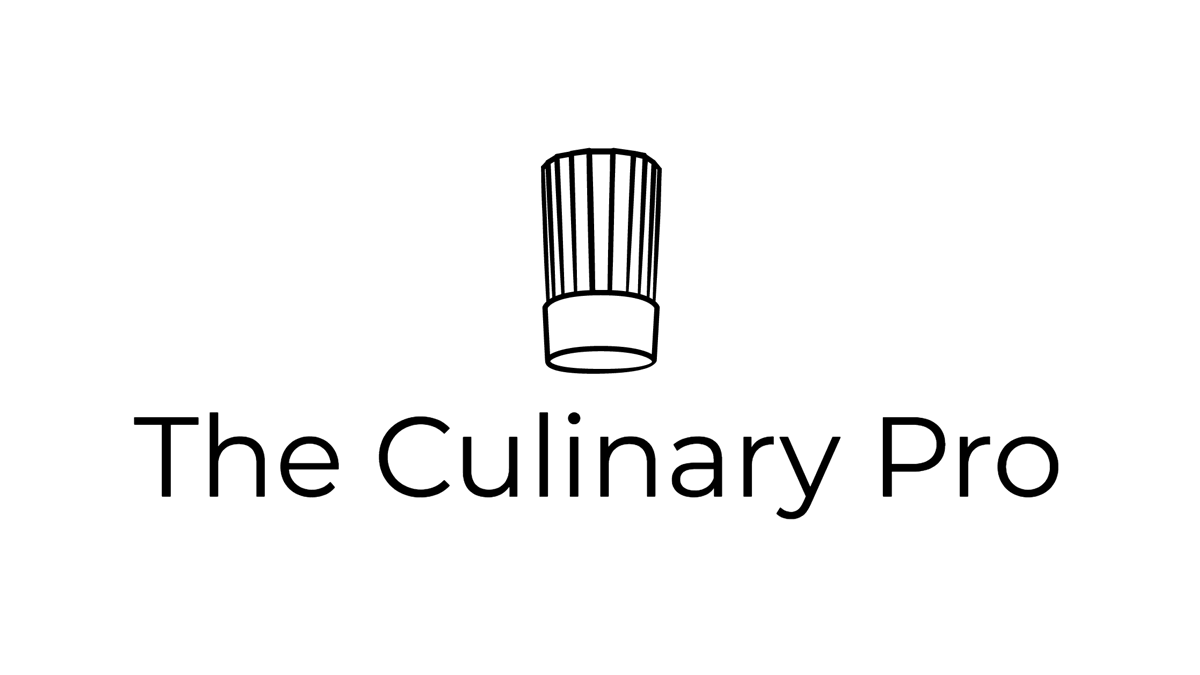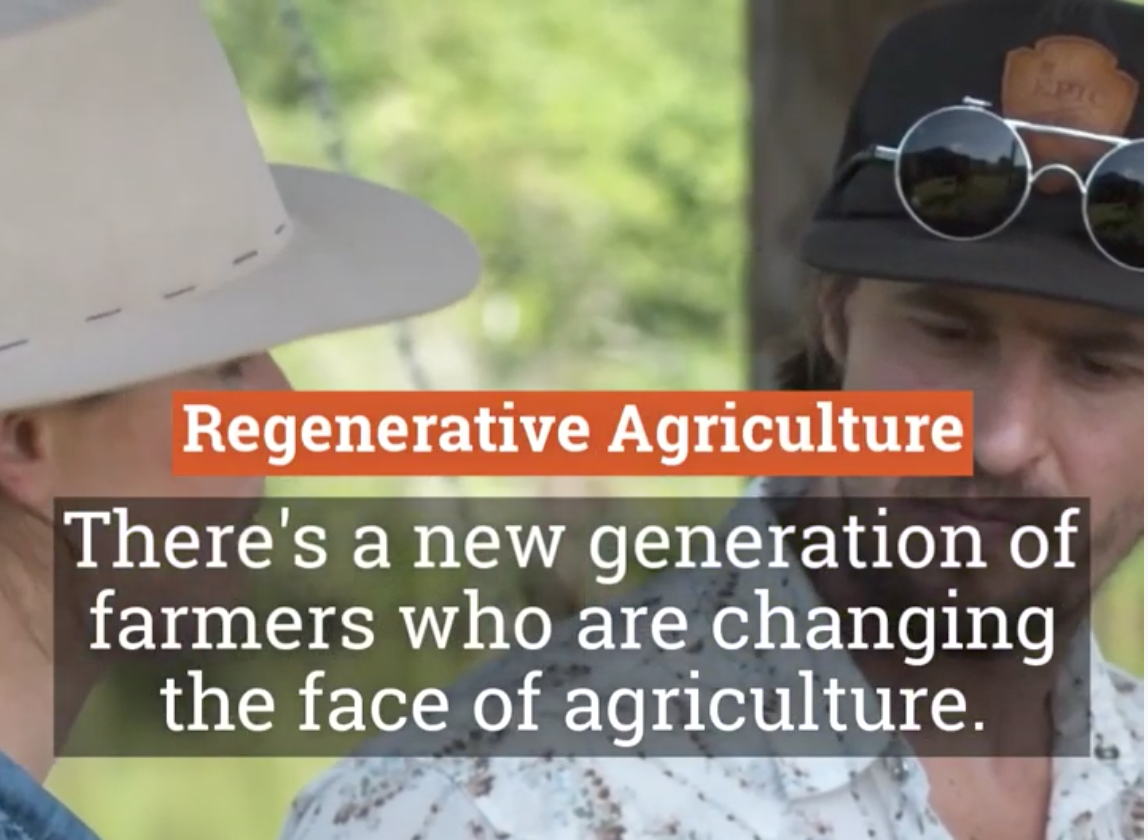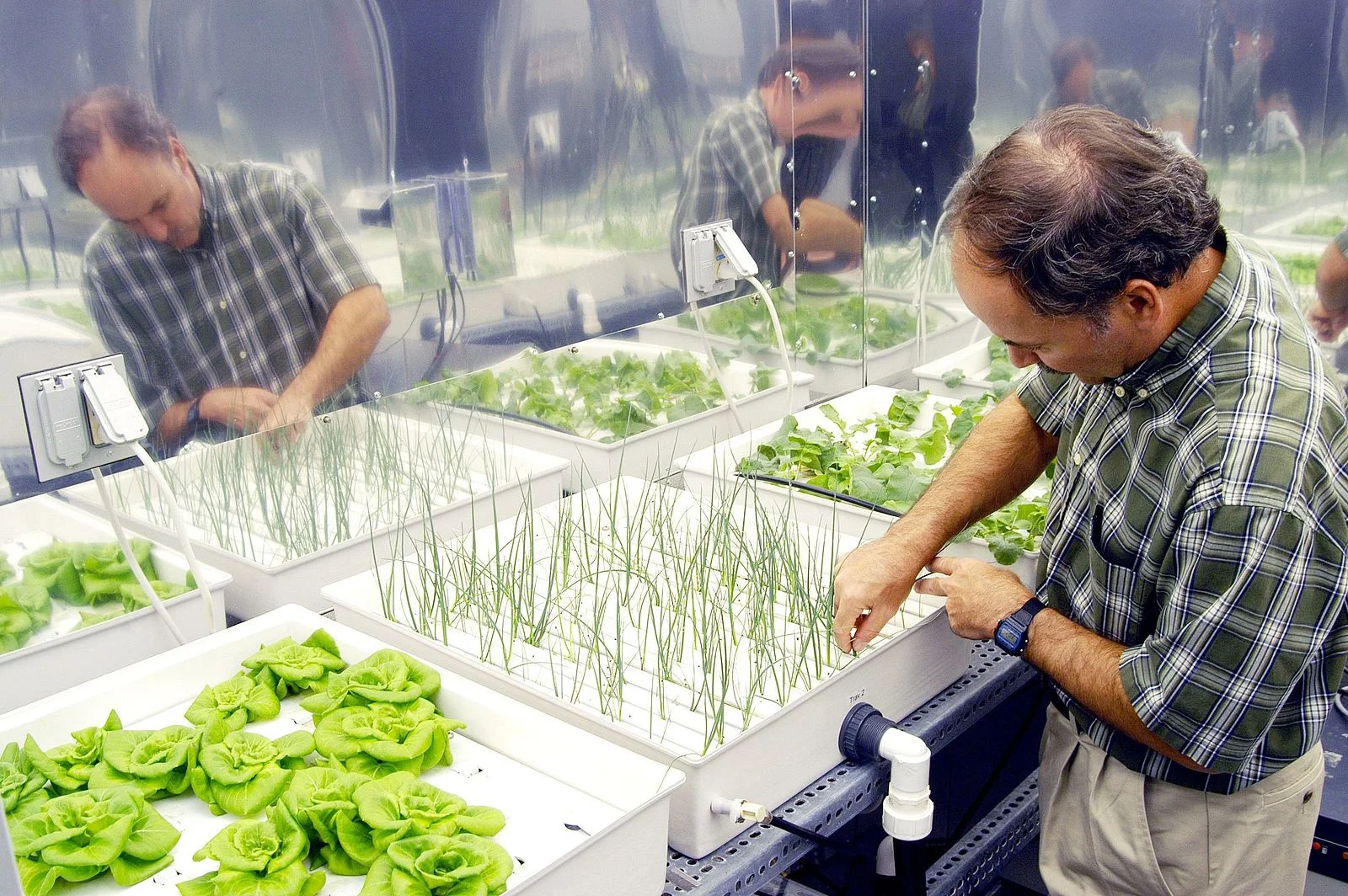About Organics & Local Sourcing
Organic and Conventional Produce
Organic, sustainable, and local foods are buzzwords in the culinary community because consumers are driving the demand for products that are perceived to be healthier and more flavorful. It is important to understand the definitions of these terms when selecting produce.
Conventional Farming uses modern industrial techniques, equipment and chemicals to produce high-yield crops of fruits and vegetables. It is more focused on production yields over sustainable techniques or matters of taste. Because of the high intensity of production it tends to have an adverse effect on the environment. Synthetic fertilizers and pesticides are used in the growing process. Because fresh produce is grown at great distances from the supermarket they are likely to be picked before they are ripe and not as flavorful. There are also added transportation and environmental costs associated with conventional faming.
Food Mile is the distance food travels to get from the grower, processor, or packager to the store for purchase. American food travels an average of 1,500 to 2,500 miles from farm to table. Food miles affect the environment and the price of foods.
Sustainable Farming is a term used to describe eco-friendly practices when growing produce or raising animals. The sustainable philosophy believes in small farms, humane treatment of animals, water and energy efficiency, eco-friendly packaging and selling locally to reduce costs and pollution.
Organic Farming uses natural fertilizers, including manure or compost, to feed soil and plants. If pesticides are used they must be from natural sources. Beneficial insects and birds or traps are used to reduce pests and disease. Organic farming uses many sustainable farming methods and is designed to reduce pollution and conserve water and soil. However because of the increased demand for organic foods some large farms are now using methods that are not considered sustainable including planting only one type of crop in an area which depletes the soil or overtaxes water supplies.
Organic produce originally meant locally grown but today large producers use similar shipping methods to transport food across many thousands of miles.
Certified Organic Foods is a designation regulated by the United States Department of Agriculture (USDA). There are three labeling designations:
100% Organic means the product is made from all organic ingredients
Organic means the product is made from at least 95% organic ingredients
Made with Organic Ingredients means the product is made with at least 70% organic ingredients.
Natural or All Natural Foods are unregulated labels in the United States. They generally mean the food is minimally processed and contain no artificial ingredients but a more reliable way to determine the wholesomeness of foods is to read the ingredient label.
The evolution of organic farming continues with Regenerative Agriculture, a system that increases biodiversity, enriches soils, improves watersheds, and enhances ecosystem services. The practice also aims to capture carbon in the soil and aboveground biomass, reversing current global trends of atmospheric accumulation. Food giants like General Mills, through their Cascadian Farms and Annie’s brands, have invested in the promotion of this practice.
Hydroponic Farming
Hydroponics is a farming system that used water instead of soil for its growing medium. Plants are grown in a mineral nutrient solution or in an inert medium, such as gravel, wood shavings, or vermiculite. Hydroponic vegetables are grown in hothouses under controlled light and temperature and use no pesticides because they are grown indoors. Lettuces, tomatoes, sprouts, and fresh herbs are the most common hydroponically grown vegetables.
Aquaponics System
Aquaponics, also known as a recirculating aquaculture system (RAS), combines plants, like lettuces and herbs, with fish (most commonly freshwater varieties like tilapia), in a closed-loop environment, to maximize the use of energy and nutrients for harvesting.
Genetically Modified Organisms (GMO) are used in agriculture to modify plants so they are resistant to insects, herbicides, and viruses. Genetic engineering is also used to enhance the nutritional value of plants, to promote faster crop growth, higher crop yields, or to help them tolerate environmental extremes. Genetically engineered plants are created by rearranging or removing genes from an organism and transgenic engineering have a gene from another organism moved into them. Soybeans and corn are the two largest GMO crops being famed today. The United States is the largest producer of GMO foods and most people have eaten GMO foods because there is no legal requirement to label them as GMO foods. The US government advises that they are safe to eat. Many consumer advocates claim they create environmental risks because they increase herbicide use, reduce bio-diversity in crops, and don't increase crop yields as claimed.
Radura Symbol
Food Irradiation is the application of ionizing radiation on food to prevent foodborne illness, preserve the shelf life of foods, control insects, delay sprouting and ripening of foods, or to sterilize foods making them shelf-stable. As with GMO foods there are controversies surrounding their safety. The US Food and Drug Administration (FDA) and the World Health Organization (WHO) have deemed them safe to eat. Irradiated foods must have the Radura symbol along with the statement "Treated with radiation" or "Treated by irradiation" on the food label.
Plant-Based Protein Alternatives and Cell-Cultured Meats
Plant-based “meats” and protein alternatives that mimic animal proteins including beef, chicken, and fish are now in most markets and restaurants. Burgers, meatballs and ground meat-alternatives are made from plant-based products and meant to mimic the real meat item. The Impossible Burger contains protein from potatoes, wheat, soy, coconut oil, and heme, a key ingredient that mimics the color, flavor, and aroma of meat. Heme, from the word hemoglobin which gives blood its red color, is found in animal and fat proteins. The type used in Impossible Burgers is called leghemoglobin, derived from the roots of legumes. Beyond Meat has a line of burgers, sausages, and “chicken” strips. Their burger looks and cooks like real meat, contains pea protein and beet juice to mimic the red color of meats, and contains no GMOs, soy, or gluten. Fish-less tuna is made from tomatoes, that mimics the texture and flavor of raw sushi.
Other players include Just Egg, made from mung beans that boast scrambled eggs like the real thing. Plant-based milk beverages derived from beans, nuts and seeds continue to be popular. In addition to soy milk and almond milk, oat milk is getting noticed along with other varieties made from hemp seeds, peas, and flax seeds. Vegan cheese makers are churning out creative non-dairy cheese varieties produced from nuts, nutritional yeast, pea protein, tapioca, coconut oil, hemp, fermented soybean curd, and chickpea miso paste, that often mimic their dairy counterpart in texture, mouthfeel and taste.
Cell-cultured meats or clean meats are produced in a laboratory setting from cells of real beef, chicken and fish. Recently the UDSA and FDA came out with a joint statement on their approach to regulation of cell-cultured meat and poultry that has provided assurance to investors. Industry stakeholders like the National Cattlemen’s Beef Association (N.C.B.A.) and the North American Meat Institute have claimed that cultured meats are fake meats and should be labeled as such.






